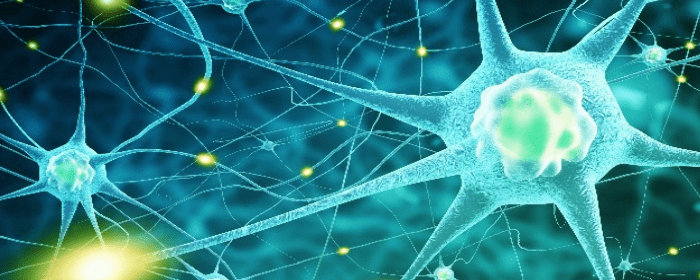ALS, also known as amyotrophic lateral sclerosis or Lou Gehrig’s disease, is a progressive neurologic condition. There is no current cure for this condition and the only treatments, riluzole and edaravone, are only modestly effective at slowing the disease.
This lack of a cure or effective treatment for ALS is not for a lack of trying. There have been countless clinical trials to test treatments for ALS—almost all have ended in failure in Phase 1 or Phase 2 clinical trials. Indeed, few potential ALS treatments make it to Phase 3 trials—the final stage of clinical testing before a drug is approved by the FDA for treatment.
It is this history of failure that has sparked so much enthusiasm in a new stem cell treatment for ALS. The potential stem cell treatment for ALS is currently known by its development name, NSI-566. NSI-566 is made up of neural stem cells—cells that can become new motor neurons. NSI-566 is injected into the spinal column of patients with ALS so that the stem cells can hopefully restore motor function and improve ALS symptoms.
The Phase 1 study showed a spinal injection of NSI-566 was safe in ALS patients, a finding that was confirmed in the Phase 2 trial. Perhaps more importantly, results from the Phase 2 trial showed that patients who received stem cell treatment did substantially better 24 months later than those who received a placebo. These results were so encouraging, that NSI-566 now heads to Phase 3 clinical testing.
While it will take some time to conduct the Phase 3 clinical trial, reaching this milestone is an achievement in itself. Any Phase 3 trial design will require a relatively large number of patients, so those who are interested should occasionally check clinicaltrials.gov or speak to your neurologist about enrolling as a volunteer.
Reference: Goutman, S., et al. (2018). Long-term Phase 1/2 intraspinal stem cell transplantation outcomes in ALS. Annals of Clinical and TranslationalNeurology 2018; 5(6): 730–740


 St. Petersburg, Florida
St. Petersburg, Florida
